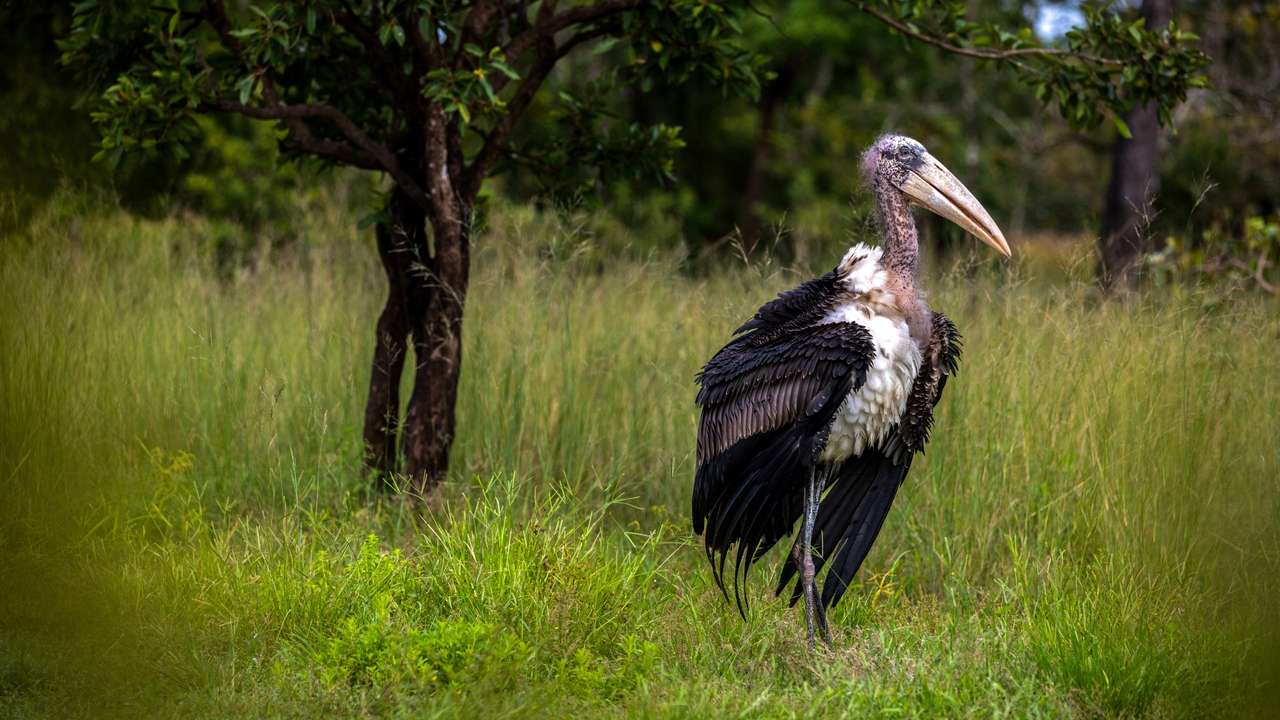Cambodia releases rare captive-bred storks in conservation breakthrough

By Chantha Lach
Conservationists in Cambodia have for the first time released two captive-bred Greater Adjutant Stork chicks into the wild as part of an ongoing programme to revive a species under threat from poaching and habitat loss.
The nine-month-old storks - a male and a female - were fitted with GPS trackers before their release into the Siem Pang Wildlife Sanctuary, a protected area overseen by Cambodia's Rising Phoenix conservation group.
"This place is perfect because there are still wild Greater Adjutants in the area," said Jack Willis, who leads research at the Angkor Centre for Conservation of Biodiversity (ACCB).
"We're hoping by releasing them here that they could perhaps join a colony, but also this area is very well protected by Rising Phoenix and the Ministry of Environment."
The Greater Adjutant Stork, with its distinctive large black wings and long neck, was once listed as endangered on the International Union for Conservation of Nature's Red List. It is now classified as "Near Threatened" after decades of conservation efforts reversed a decline in population.
According to ACCB data, an estimated 1,500 mature Greater Adjutant Storks remain in the wild globally, including 200 to 250 in Cambodia, with the rest mostly in northeast India.
Willis said their future remained precarious.
"It could take one, one big event and we could lose an awful lot in Cambodia," he said in an interview, adding that captive breeding was necessary to head off the threat of extinction.
ACCB currently has three rescued pairs of Greater Adjutant Storks at its conservation centre in Siem Reap province, but only one pair has successfully produced chicks.
Storks rescued from wildlife traffickers lack the parenting skills learned in the wild, making it harder for them to rear their young.
The centre does not expect the newly released storks to join the wild population immediately. The birds normally head to breeding sites in the Prek Toal sanctuary in late October, but this migratory behaviour is usually learned from the adult members of a colony.
Though meticulous efforts have been made to acclimatise the birds to their new surroundings, Willis said it would be considered a success if they survive their first three to four months in the wild.
"This allows us to ideally develop the protocol for the conservation of Greater Adjutants and potentially similar species of storks like Lesser Adjutants," he said.
This article was produced by Reuters news agency. It has not been edited by Global South World.